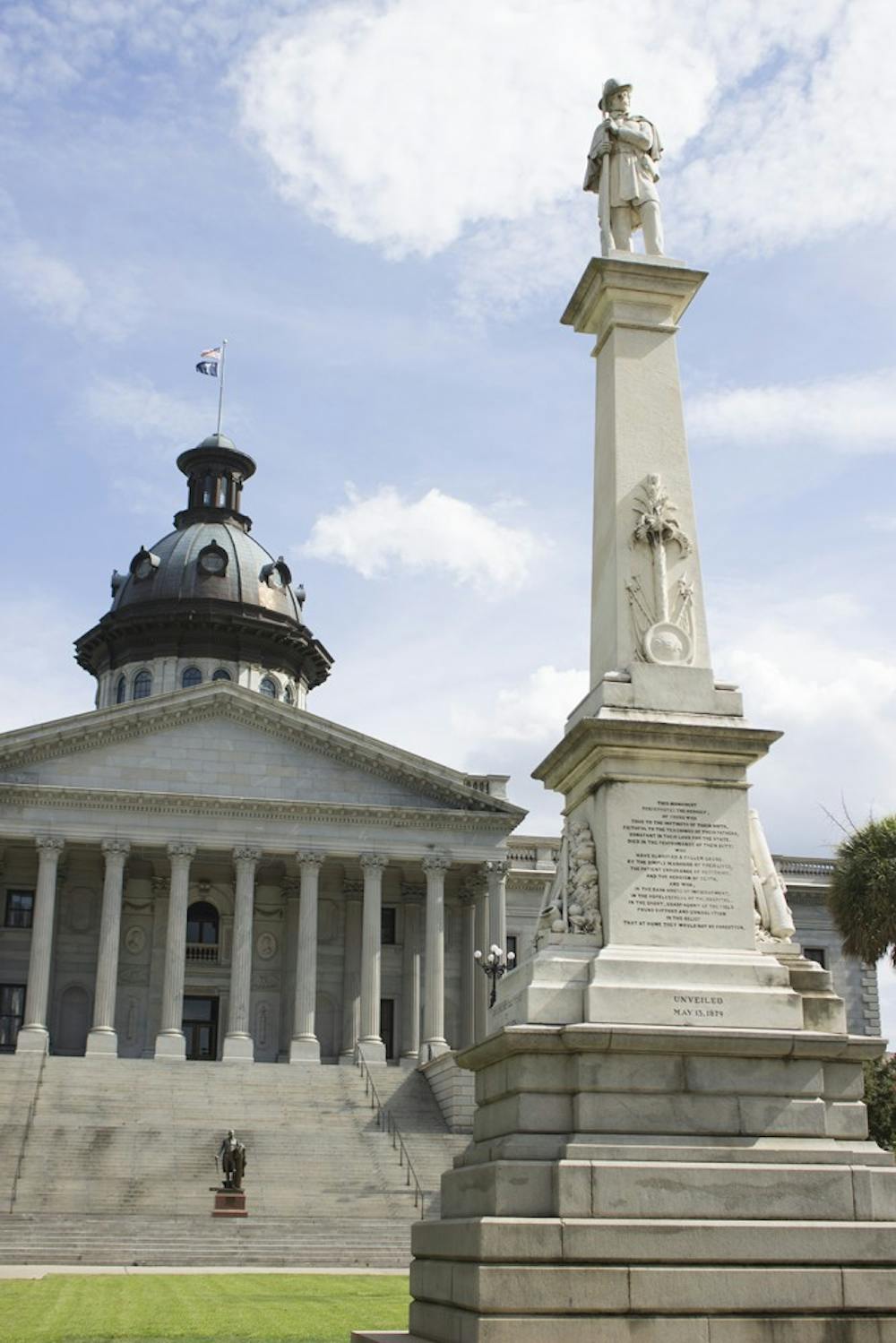What do we do with these Confederate-age monuments? It has become a pressing issue this year, especially with the recent events in Charlottesville and elsewhere. Currently, there only seems to be two solutions. We could go the route of New Orleans and other cities and remove them altogether. Or we could take the route preferred by most states, which is to keep the statues up and even make laws protecting these monuments for the sake of preserving history.
Now, personally, I take grievance with the excuse of “preserving history.” The reality is we want to preserve a certain part of history. These monuments honor men who not only betrayed their country, but also lost the war they are being remembered for. We want to preserve history? Well, what about honoring the thousands of African Americans that served in the Union? Or the women who played crucial roles not only on the home front but behind enemy lines? And don’t get me started on the Native Americans. The point here is that there is plenty of history that goes unpreserved in statues, but we don’t seem to care about that.
But, for the sake of argument, let's just ignore those points like we do most of the time. In the case of either solution, it doesn’t really seem that we solve the issues, and one side of the argument is always going to be upset. If we remove the monuments, we are rewriting history — or at least that’s what some would argue. If we keep the monuments up, we are allowing less-than-reputable figures to still have some exalted status in our society. So, what could we do?
We could take a lesson from Eastern Europe. Following the fall of the Soviet Union, many of the statues that were created during that time were removed and taken down. However, they were not destroyed or placed in some storage unit or museum. They were placed in a monument park. Privately owned and funded, these parks allowed the individuals who wanted to preserve these statues to do just that. Free from public funding, citizens who didn’t want these statues or at least the individual they represented preserved didn’t have to pay for it.
This distinction is especially important when considering the history of the Confederacy and the government that followed Reconstruction. It’s a fair assumption that the ancestors of former slaves would not want to pay for maintenance of a statue of ole “Pitchfork Tillman.” Also, leaving monuments like this on public property, such as the state capitol, makes the wrong statement about who we as southerners choose to celebrate.
We are only two years removed from bringing down the Confederate flag at the state capitol. And while it was a good step in the right direction, the fact that it was even up there in the 21st century shows that the South still has a lot to work to do in reconciling its racial relations, South Carolina being a prime example of this. In the heart of Charleston stands an 80-foot statue to John C. Calhoun — a man who argued that slavery was a “positive good” for enslaved persons.
As Americans, we need to look at our history — our complete history — and decide if these are the men who best represent our values. Are they who we want our children looking up to as role models? As a history student, I fully recognize the importance of preserving our history. But that does not mean we have to deify these men.
Preservation is not placing them on a pedestal or a monument; it's placing them in a history book. That’s where a lesson is learned. Currently, the only lesson many of our monuments teach is, with enough power and money, morality is not the standard for remembrance.

